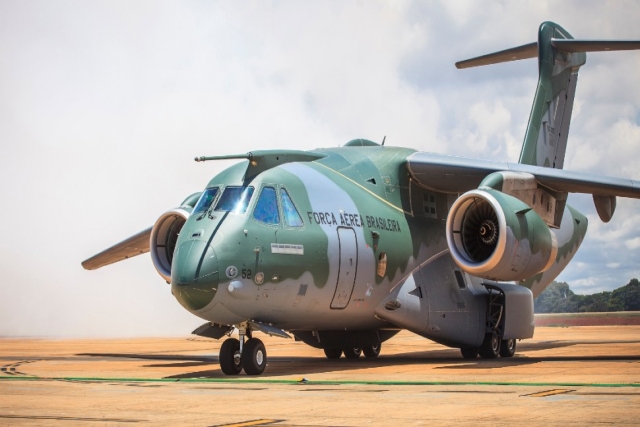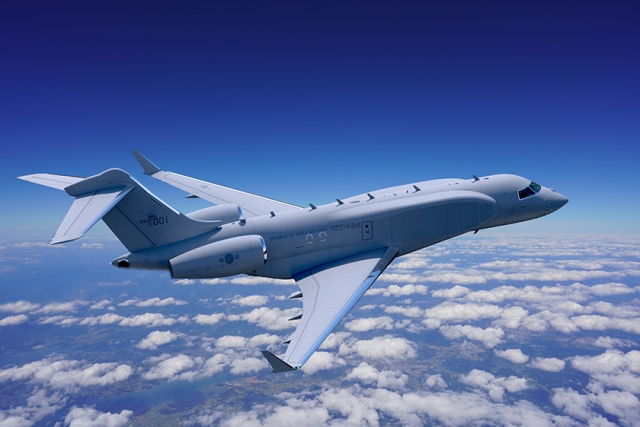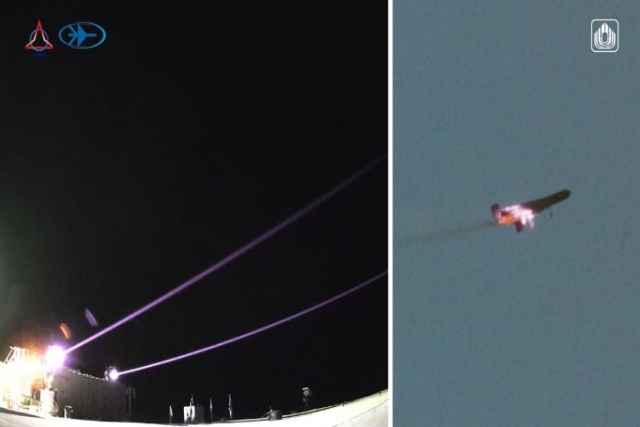Indian Diplomacy Triumphs over US's Anti-Russia Sanctions Threat
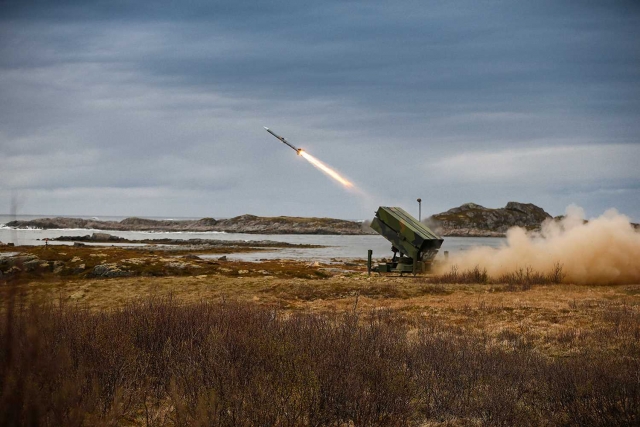
The United States' approval of the sale of National Advanced Surface-to-Air Missile System (NASAMS) to India when it has already paid up to buy the Russian S-400 system is the clearest indication ever that Indian diplomacy has won the day in keeping the threat of US sanction at bay for its arms deals with Russia.
In addition to receiving approval for the NASAMS, also called Integrated Air Defense Weapon System (IADWS), the Indian Ministry of Defence (MoD) gave its seal to major Indo-US defence deals: the purchase of Sikorsky MH-60R and Apache AH-64E helicopters worth nearly $3.5 billion ahead of US President Donald Trump's visit to India.
In contrast to the position against Turkey where the US pulled it out of the F-35 program for buying Russian S-400 system, the US has green-lighted Lockheed Martin to participate in bid to sell F-16 (F-21) fighter jets to India. While there has been talk that countries which buy Russian military hardware would expose themselves the Countering American Adversaries through Sanctions Act (CAATSA), senior Trump administration officials have played down the CAATSA applicability to India.
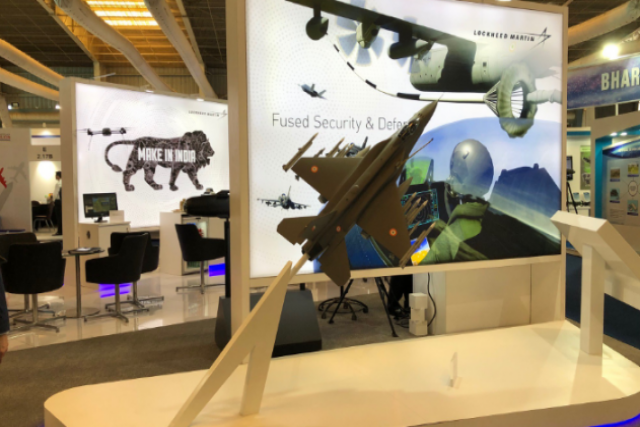
In the past year since CAATSA was announced, India has paid up an advance to buy the S-400 system and is continuing negotiations to buy a variety of Russian military equipment- from T-90 tanks to additional Su-30MKI fighter jets and warships.
The threat of CAATSA is believed to have kept Indonesia from proceeding with a deal to buy some 10 Russian Su-35 fighter jets.
Inspite of growing American arms sales, Russia still continues to be the number one source of military hardware to India and deals worth some $10-$12 billion are under negotiation.

